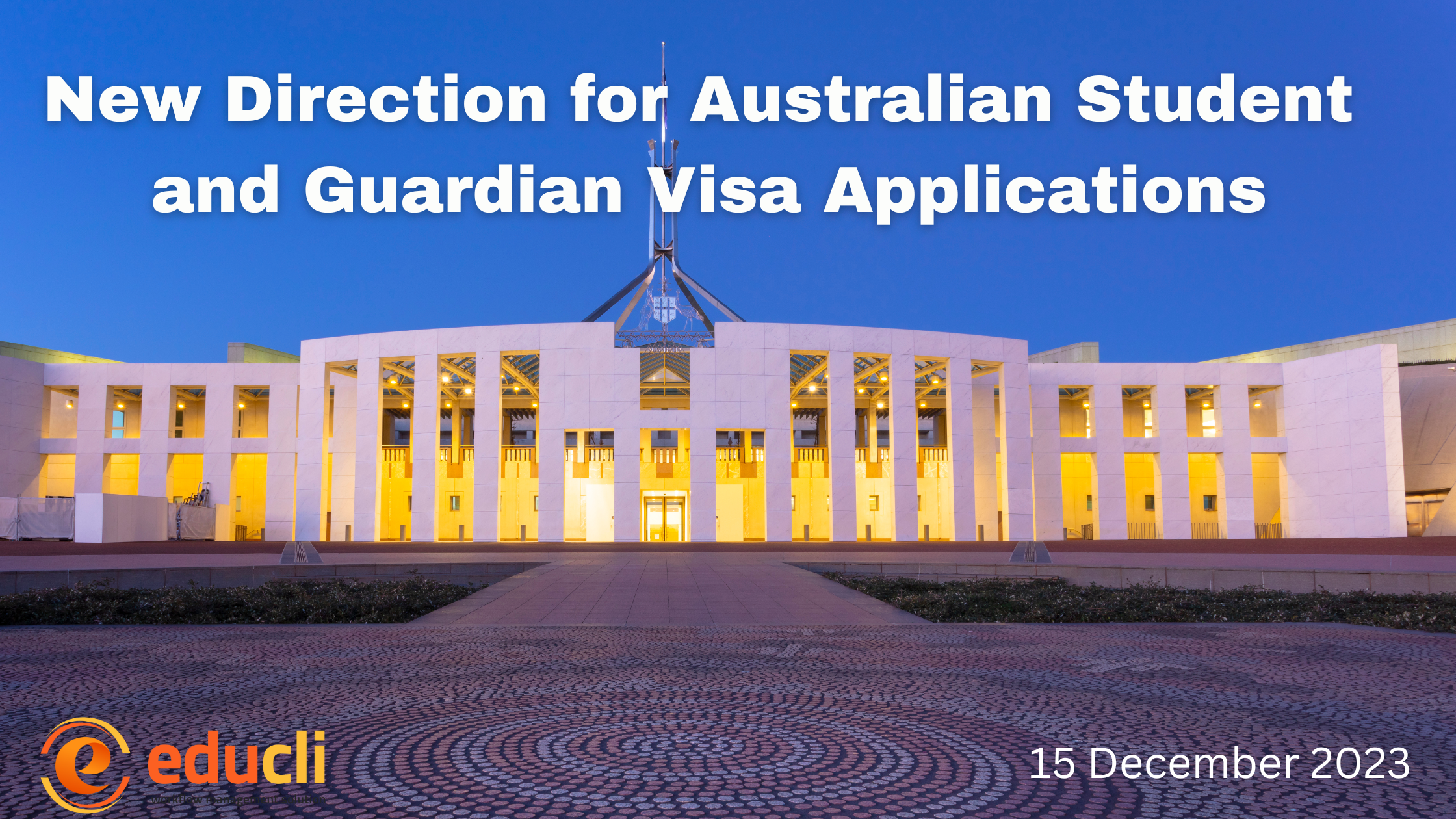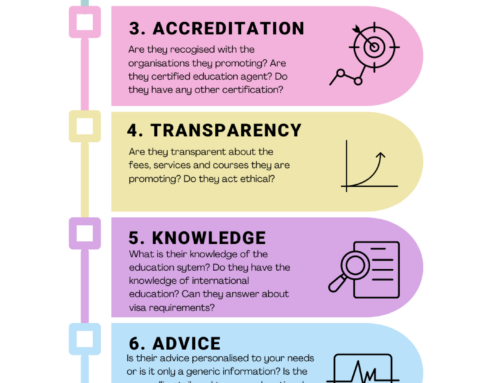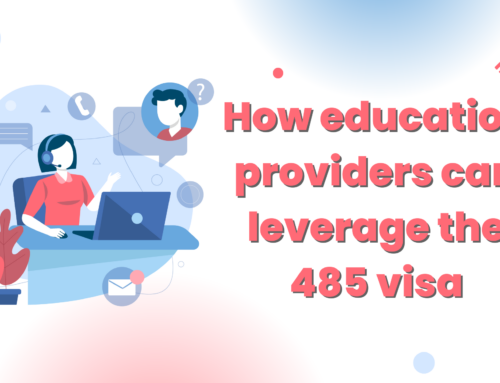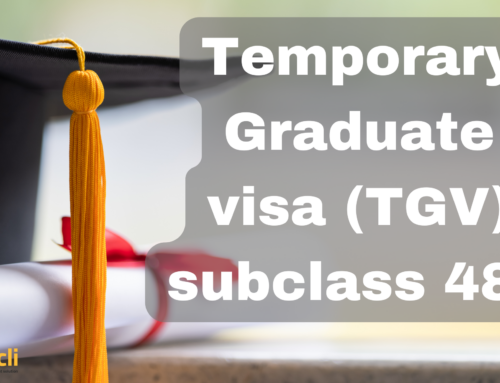The Australian Government issued a new directive on 15 December 2023, updating the way Student Guardian visa and offshore Subclass 500 (Student) visa applications are processed. The Migration Act of 1958 provides the legal basis for the directive, which gives the Minister the authority to establish processing orders for visa applications and to provide rules for the exercise of powers granted by the Act. The link to the direction can be found here.
This blog post explores the main points of this new course of action, offering helpful information for students, parents, and educational advisors.
Introduction
Thousands of international students flock to Australia each year to experience its world-renowned education system and rich cultural diversity. Because of the large number of applicants, processing times had to be reduced in order to handle the influx effectively.
In order to keep up with the increasing number of requests for Subclass 500 visas, the Australian government decided to streamline the application process. Not only does the directive line up with government policies on allocating resources, but it also helps Australia achieve its larger objectives in managing immigration, border integrity, and Net Overseas Migration.
The Simplified Student Visa Framework (SSVF)
A cornerstone of the directive is the SSVF, which categorizes countries and education providers based on immigration risk. Each country is assigned an Assessment Level (AL), reflecting the documentary evidence required from visa applicants. This directive is designed to work together with the SSVF and also with the Provider Risk Levels (RL), emphasizing a risk-based approach to processing visa applications.
Processing Guidelines
Delegates are instructed to follow a specific order for processing visa applications, prioritizing certain types of applicants, such as school students, Foreign Affairs students, and those attending higher level rated institutions (for example TAFE, or Universities). This system of priority reflects the government’s focus on particular student groups by ensuring that the most important applications are processed first.
What does it mean in practical implementation?
Priority will be given to students from countries with low risk assessments when applying to higher education providers. Contrarily, visa applications from countries with high risk assessments to providers with high risk assessments should anticipate considerable processing times and a high probability of visa denial.
The Department of Home Affairs has not released any assessment levels since 2018. Instead, they are directing students to a web-based document checklist tool that takes into account both their home country and the evidence provided by their educational institution when applying for a student visa.
Special Consideration for Minors
Applications involving minors are given the highest priority, especially if the minor’s application is linked with that of a non-citizen. This reflects the government’s commitment to family unity and the welfare of young students.
Considerations to Assessment and Risk level changes
It is important to be aware that the priority of an applicant’s application might change if their education provider changes while they are applying or if an institution’s EL rating changes. As indicated above, in practice, it might cause further delays or demands for additional information as a result of modifications to the documentation requirements.
Conclusion
An important step toward controlling the flood of foreign students and guardians into Australia has been taken with the new directive. It not only ensures a more efficient visa processing system but also aligns with the country’s broader immigration policies. As we embrace these changes, it’s essential for applicants and educational consultants to stay informed and prepared to navigate this new landscape successfully.
For more updates and insights on Australian immigration and education, stay tuned to our blog.





Leave A Comment